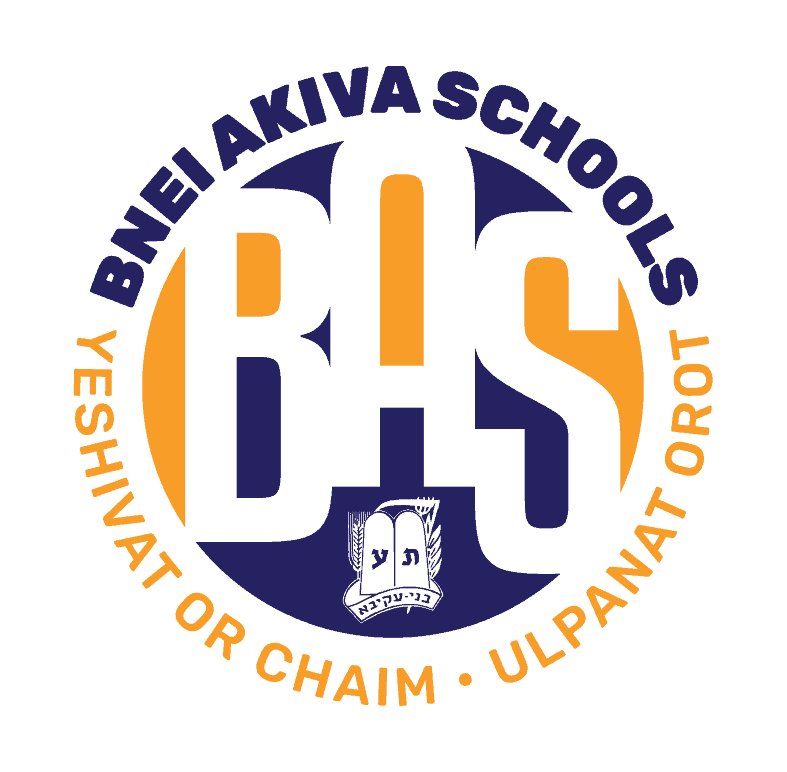 by Dr. Sean Clapham
by Dr. Sean Clapham
While studying at OISE I was told that most people have a tendency to teach the way they were taught. As a result, I reflect on my experiences as a student in an effort to compare to students’ experiences today. This helps to avoid falling into the trap of employing poor pedagogy just because, “that was the way we did it when I was young.” When people employ the logical fallacy of appealing to precedent, I like to respond with, “Don’t cling to a mistake just because you spent a long time making it.” Another benefit of reflecting on my own experiences is becoming aware of how the world has changed and how the new landscape requires a change in how we traverse it. The most significant change is access to information.

Our students have access to the entire internet in their back pockets. Oh, how things have changed. I had the advantage of growing up while these changes took place. I saw the first computer, a Commodore Pet, in a classroom at the age of 8. I had a computer in my home, a DOS run PC, by the time I was 11. My middle school had an Apple Mac Lab before I turned 13. My high school computer lab was connected to the internet when I was 16. I obtained my first email address from University of Toronto at the beginning of my studies there. Even at this point of progress, I still relied mostly on hard copy reference materials found in the library for research and studies. When I started graduate studies, our presentations and teaching materials were still delivered on overhead acetates. By the time I finished my doctorate, all the academic journals were accessible online, and every lecture hall and auditorium was equipped with a digital projector, but I still wouldn’t get my first Smartphone until 3 years later. Now to put this in perspective – all of this happened years before any of our students graced our hallways.
I have adjusted my expectations and focus with regards to pedagogical content. I focus on understanding concepts and critical thinking more than on assimilation of facts and memorization. With quick access to information it is a more important skill to be able to critically assess what information you need and then understand the information presented to you. There are a number of things that I was expected to memorize when I was younger and a number of things I memorized to make my life easier. When considering what I want my students to remember, I consider what I have memorized and why. Usually I have something memorized if I use it so often that it is impractical to continually look it up. I also find that when this is the case, the memorization comes naturally because of how often I use the information. For this reason I don’t force memorization of data on my students. If they use it often enough they will naturally remember it, if not, they can look it up. A quick example from grade 11 chemistry is the table of rules for solubility of ionic compounds. I provide this information on tests. It is more important that the students understand how and when to use this, and why solubility is relevant in real situations, than it is for them to remember the specifics of which compounds are soluble.

More importantly, especially in the current climate of fake news, climate change denial, antivaxers, etc., I feel that it is my obligation as a science teacher, regardless of the specific expectations of the curriculum, to teach my students how to effectively wade through the vast amounts of information available to them, only some of which is factual. While the Internet has made access to information faster and easier, it has also provided a venue for misinformation that didn’t exist before. Much of the vetting of information used to be done at the front end. When I went to the library to look at encyclopedias, searched card catalogues for books, or scrolled through microfiche articles, I rarely worried about whether what I was reading was factual. This was usually the responsibility of publishers, editors, and peer reviewers. Today we are bombarded with information from unchecked sources, and virtually anyone with a laptop or a telephone has the potential to reach countless eyes and ears with written, photographic, and video material. It’s no wonder that we are seeing a rise in conspiratorial thinking and a drop in skeptical critical thinking.
Teaching the scientific method used to be an exercise in explaining how scientists went about their experimentation. Now, I present the scientific method as a powerful tool to critically assess reality, something that is valuable to all of us. I point out logical fallacies in reasoning when having class discussions so that students become familiar with what flawed reasoning looks like. I present a hierarchy of trust for sources of information when performing secondary research. The idea that not all information is equally valuable needs to constantly be at the front of everyone’s mind.
In the age of information, one of the most valuable skills we can teach our students is how to sort the information from the misinformation. Many of my students may forget or never make use of much of the chemistry I teach them, but I pray that every single one of them makes use of scientific thinking throughout their lives.
Dr. Sean Clapham PhD, BSc, BEd, OCT teaches chemistry at Bnei Akiva Schools

